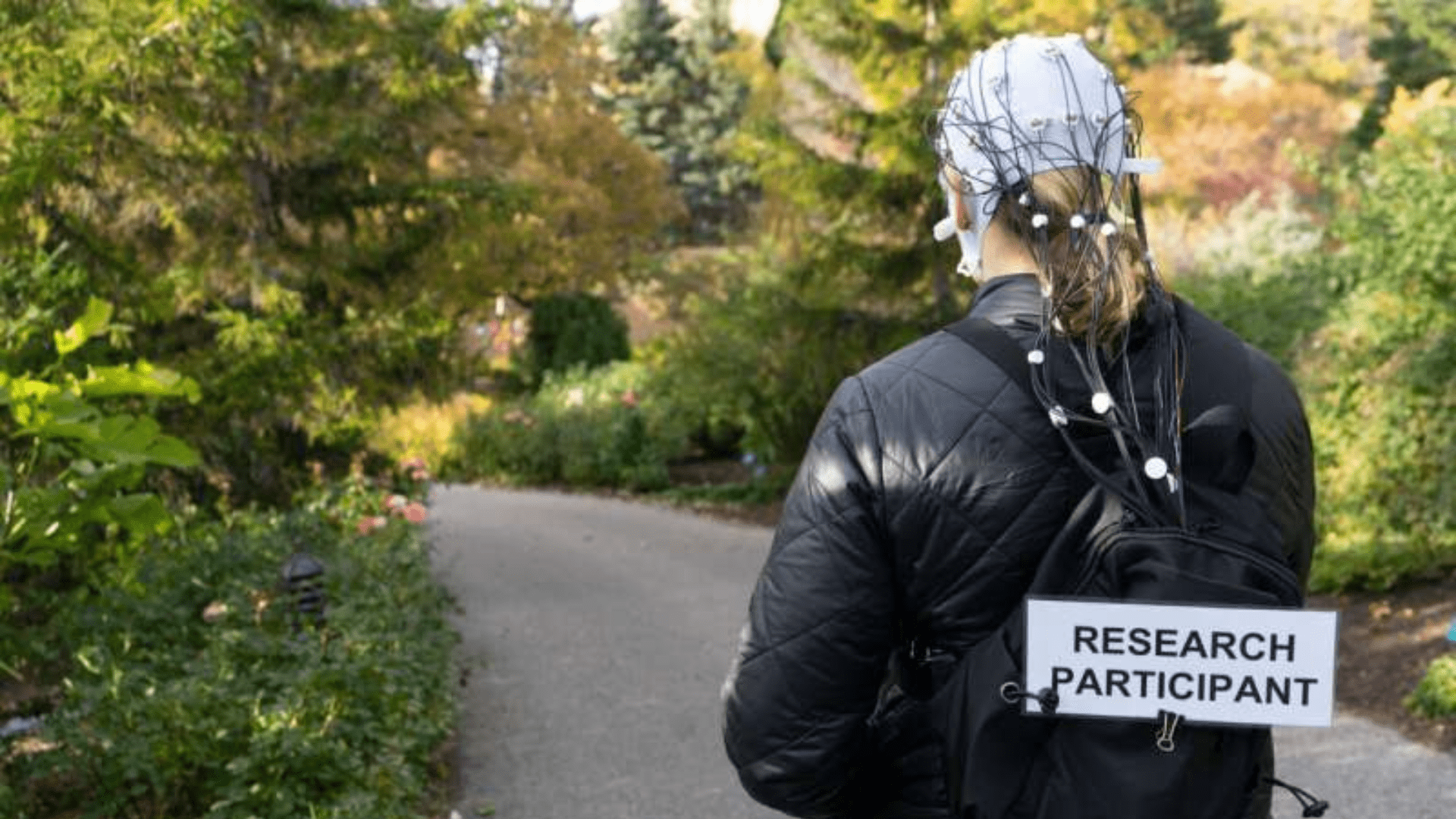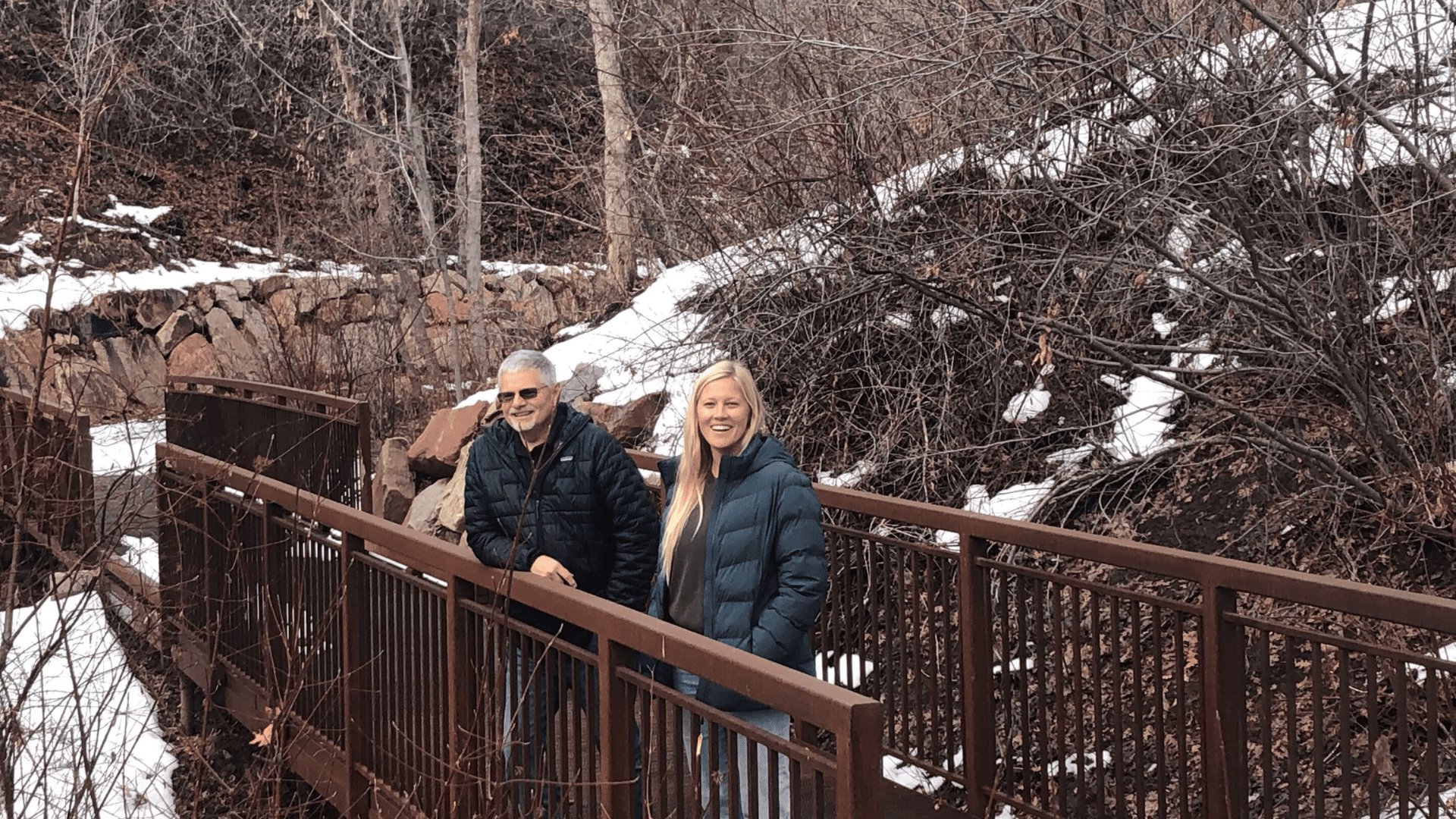New research is trying to prove that time spent walking outdoors in nature is good for the heart and soul. The study also looks at the benefits to the brain, specifically on how it can restore our attention.
The Primal Need for Nature

Researchers from the University of Utah look at how our brain reacts to time spent outdoors in nature. It’s important to note that outdoors and outdoors in nature is important. The study looks at people walking outside in a city environment and outside in a natural environment. Using small discs attached to the scalp, researchers record the electrical activity in the walkers to measure their attentional capacity.
In total, 92 people took part in the study. Half of them walked through Red Butte, the arboretum in the foothills just east of the University of Utah. The other half walked through the medical campus that is surrounded by asphalt. Each group walked for 40 minutes. Researchers analyzed the walkers before and after their 40-minute hikes.
Researchers suspect there is a primal need for nature imbedded in our DNA and limiting our access to nature is putting our health in danger.
Professor of psychology David Strayer said, “There’s an idea called biophilia that basically says that our evolution over hundreds of thousands of years has got us to have more of a connection or a love of natural living things.” Strayer explains that our society is pulling us from that need, “our modern urban environment has become this dense urban jungle with cell phones and cars and computers and traffic, just the opposite of that kind of restorative environment.”
Walking with Nature

Before going on the walk for the study, psychology professor Amy McDonnell put the participants through a cognitive test. A difficult task of counting down from 1,000 by sevens. McDonnell said, “No matter how good you are at mental math, it gets pretty draining after 10 minutes. And then right after that, we give them an attention task.” The idea is to take away the walkers’ attentional reserves before going out on their hike. After that, the people taking part in the study were randomly selected to either walk through nature or the asphalt-covered campus. Both paths cover two miles.
McDonnell said, “The participants that had walked in nature showed an improvement in their executive attention on that task, whereas the urban walkers did not, so then we know it’s something unique about the environment that you’re walking in.” Because of the caps each participant wore during the walk, small voltages are recorded through electrodes. These active electrodes provide “beautiful brain maps.”
Explore Tomorrow's World from your inbox
Get the latest science, technology, and sustainability content delivered to your inbox.
I understand that by providing my email address, I agree to receive emails from Tomorrow's World Today. I understand that I may opt out of receiving such communications at any time.
Attention, Alerting, Orienting and Executive Control

Those brain maps revealed three components of attention, alerting, orienting, and executive control. The brain’s prefrontal cortex is a critical area for memory, decision-making, problem solving and coordinating disparate tasks. It’s also where executive control occurs. Every day tasks take place because of executive attentional networks. McDonnel said, “It’s important in concentration and especially, so it’s an essential component of higher-order thinking.”
Unfortunately, the tasks didn’t show a difference in alertness and orientation between the garden and the asphalt walkers. The good news is those on the nature walk showed improved executive control, which includes attentiveness. McDonnel and Strayer hope to find what kind of natural surroundings help increase cognitive benefits. They also want to find out how much exposure is needed.
Strayer said, “If you understand something about what’s making us mentally and physically healthier, you could then potentially engineer our cities so that they supported that.”







